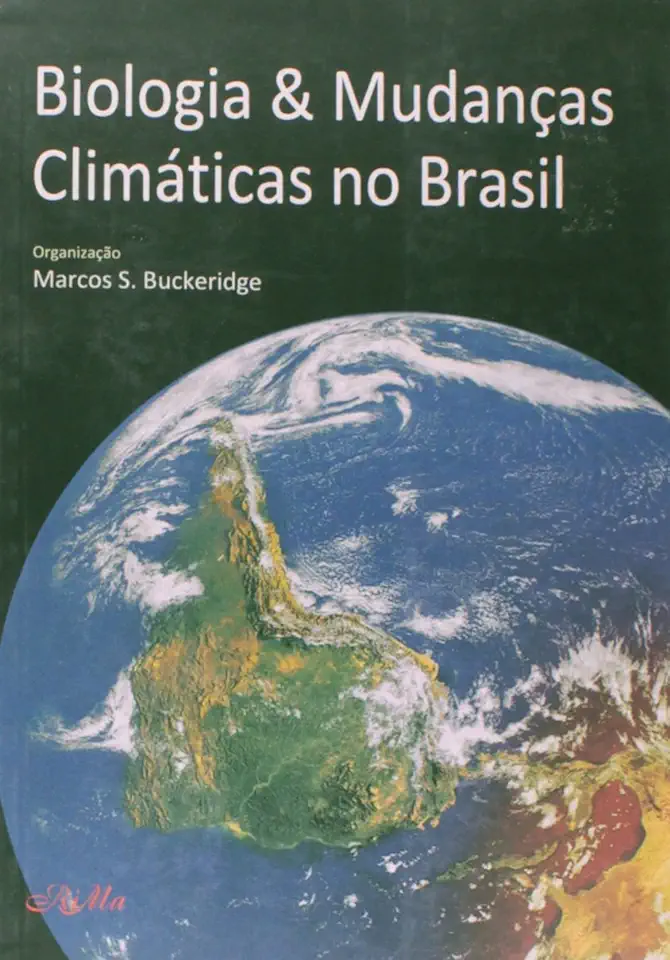
Biology and Climate Change in Brazil - Marcos S. Buckeridge
Biology and Climate Change in Brazil: A Comprehensive Guide
Introduction
Brazil is a country of immense biological diversity, with a wide range of ecosystems from the Amazon rainforest to the Pantanal wetlands. However, this biodiversity is under threat from climate change, which is already having a significant impact on the country's ecosystems and people.
Climate Change Impacts on Brazil
Climate change is causing a number of changes in Brazil, including:
- Rising temperatures: The average temperature in Brazil has increased by 1 degree Celsius (1.8 degrees Fahrenheit) since the late 19th century, and is projected to increase by another 2-4 degrees Celsius (3.6-7.2 degrees Fahrenheit) by the end of the century.
- Changes in precipitation patterns: Rainfall is becoming more intense and less frequent, leading to more droughts and floods.
- Rising sea levels: Sea levels are rising at a rate of about 3 millimeters (0.12 inches) per year, and are projected to rise by another 30-60 centimeters (12-24 inches) by the end of the century.
- Changes in plant and animal life: Climate change is causing some plants and animals to move to new areas, while others are becoming extinct.
Consequences of Climate Change for Brazil
The impacts of climate change are already having a significant impact on Brazil, including:
- Loss of biodiversity: Climate change is causing the loss of biodiversity in Brazil, with some species becoming extinct and others moving to new areas.
- Food insecurity: Climate change is making it more difficult for farmers to grow crops, leading to food insecurity and hunger.
- Water shortages: Climate change is causing water shortages in some parts of Brazil, leading to rationing and water shortages.
- Increased risk of disease: Climate change is increasing the risk of some diseases, such as malaria and dengue fever.
- Economic losses: Climate change is causing economic losses in Brazil, due to the loss of biodiversity, food insecurity, water shortages, and increased risk of disease.
Solutions to Climate Change in Brazil
There are a number of things that can be done to address climate change in Brazil, including:
- Reducing greenhouse gas emissions: Brazil can reduce its greenhouse gas emissions by transitioning to renewable energy sources, such as solar and wind power, and by reducing deforestation.
- Adapting to climate change: Brazil can adapt to climate change by investing in infrastructure that is resilient to climate change, such as flood control systems and drought-resistant crops.
- Educating the public about climate change: Brazil can educate the public about climate change and its impacts, so that people can make informed decisions about how to reduce their carbon footprint.
Conclusion
Climate change is a serious threat to Brazil, but there are a number of things that can be done to address it. By reducing greenhouse gas emissions, adapting to climate change, and educating the public, Brazil can build a more sustainable future for its people and its environment.
Call to Action
If you are concerned about climate change, there are a number of things you can do to help, including:
- Reduce your carbon footprint by driving less, using less energy, and eating less meat.
- Support renewable energy sources, such as solar and wind power.
- Get involved in your community and advocate for climate change policies.
- Educate yourself and others about climate change.
Together, we can make a difference.
Enjoyed the summary? Discover all the details and take your reading to the next level — [click here to view the book on Amazon!]